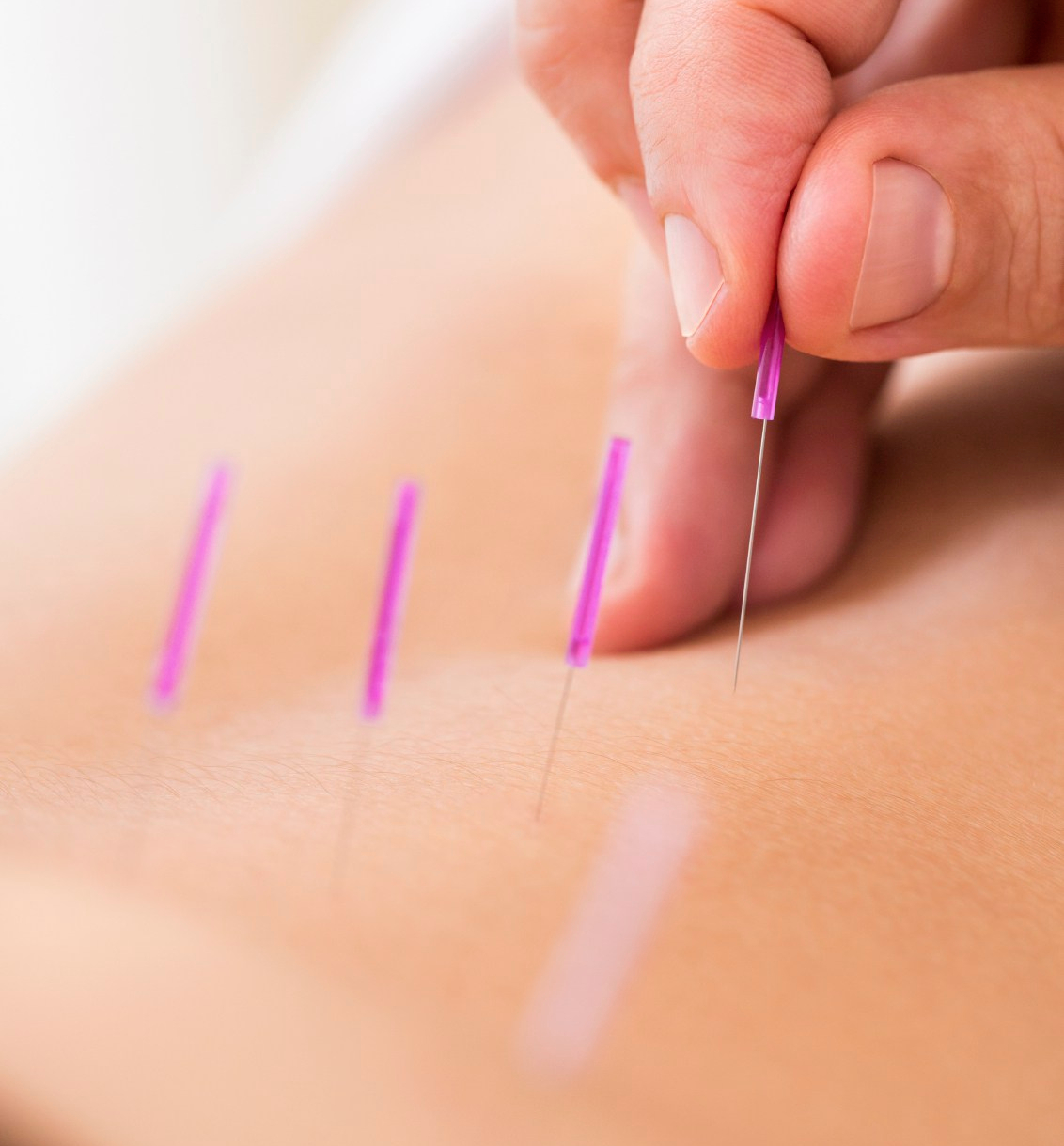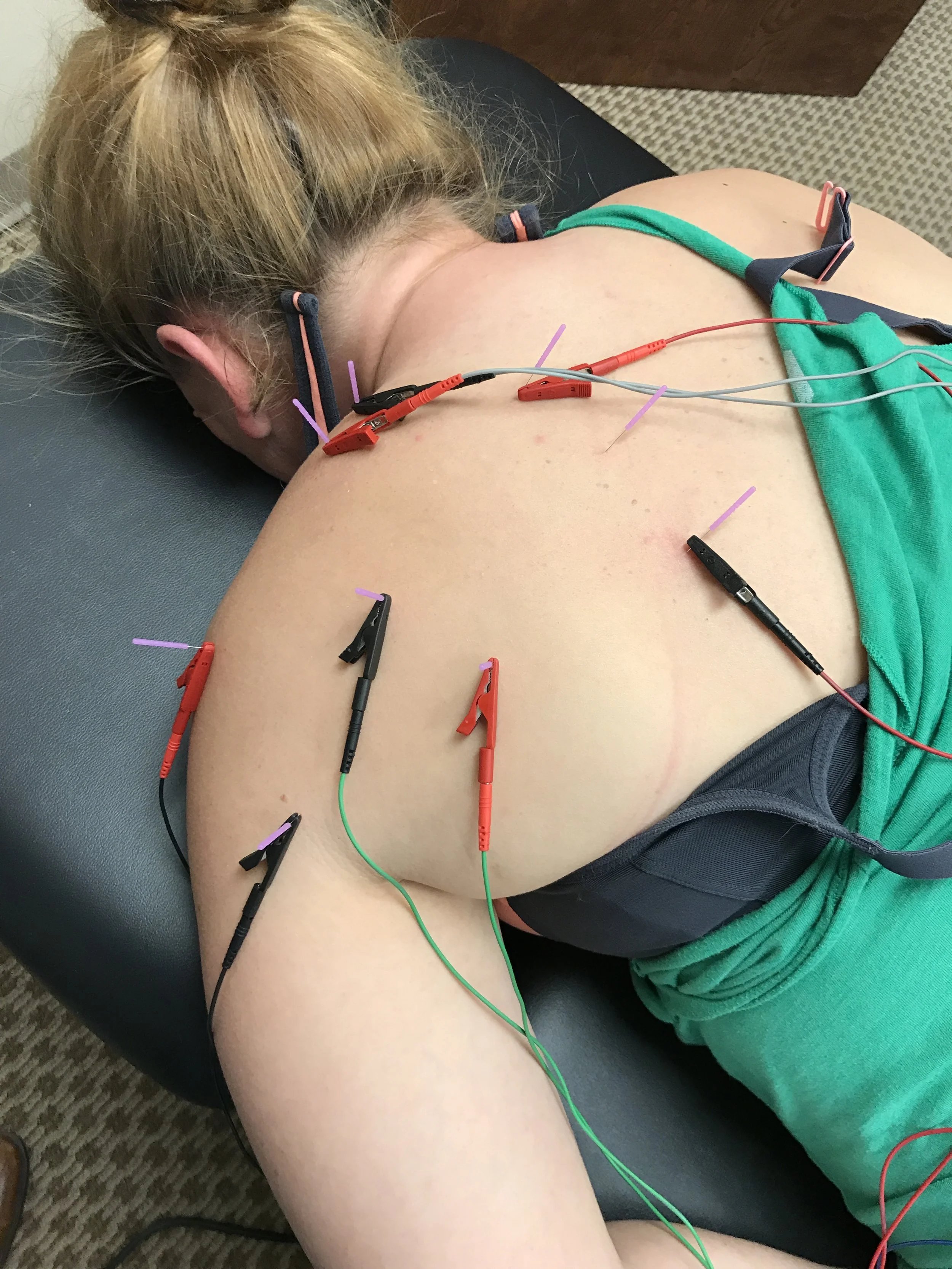With over 12 years of experience performing dry needling,
Dr. Zacharko is the most experienced dry needling practitioner in the southeast. Dr. Z is also a Senior Instructor for the Dry Needling Institute through the American Academy of Manipulative Therapy and teaches dry needling across the country to PT's, DO's and MD's. Dr. Zacharko's mastery of the skill and knowledge of the research surrounding dry needling is second to none.
All dry needling is NOT created equally. The treatment can vary greatly depending on who is administering it. Patients are wise to do their homework and select a doctor that has the skill level and experience to perform dry needling safely and who can get the BEST results.
What is Dry Needling?
Dry needling is a treatment technique, in which small filament type needles are inserted into myofascial trigger points (known as painful knots in muscles), tendons, ligaments, or near nerves in order to stimulate a healing response with the goal of permanently reducing pain and dysfunction. It has been shown that our bodies can develop areas of hypersensitivity and tightness as a response to various stresses i.e. postural, repetitive movements, psychological, emotional etc. These areas are most likely to develop along tissues that are dysfunctional due to interruption of the nerves that innervate them. This can be caused from nerve compression in a limb or in the spine from such things
as disc injuries, facet joint dysfunction, vascular compression, metabolic stress or biomechanical stress. When trigger points are present, they cause the muscles they are in to neurologically tighten which serves to further disrupt the normal functioning of that muscle due to increased pain and local compression of vascular structures and nerves. Physical therapists/physiotherapists are now using this technique around the world to effectively treat acute and chronic orthopedic and neuro-musculoskeletal conditions. It is also known by other names including Intramuscular Manual Therapy or IMS. It is called "dry" needling because no solution is injected into the tissue, as is the case with an injection with a hypodermic needle.
Is Dry Needling Like Acupuncture?
“Dry needling is not Acupuncture or Oriental Medicine.”
‘The ideology between dry needling and traditional Chinese acupuncture are completely different..”
Dry needling is a treatment that uses solid filament, disposable acupuncture needles, but that is where the similarity to acupuncture stops. Dry Needling is based on Western medical research and principles, whereas acupuncture is based on Traditional Chinese Medicine in which the purpose is to alter the flow of energy ("Qi") along traditional Chinese meridians for the treatment of diseases. The theoretical backgrounds for the two treatments are very different. In fact, DN is a modern, science-based intervention for the treatment of pain and dysfunction in musculoskeletal conditions throughout the body. DN directly treats the neuromuscular system affecting muscle tightness, joint mobility, and symptoms of pain and irritation.
Does Dry Needling Hurt?
Each patient describes the processes of being needled differently depending on what tissues are being treated. Typically, patients report not feeling the needle actually penetrate the skin and to most, the treatment is painless. Patients most likely will feel a deep cramping of the muscle that the needle was inserted into along with some involuntary muscle jumps/twitches. This is called the local twitch response (LTR) and means that we are positively affecting the desired tissue. As the needle stays in the tissue, theses sensations subside and more times than not, the patient is no longer aware that the needles are even still inserted.
How does Dry Needling work & what does the needle actually do?
As mentioned above, needles can be placed in or around various structures in the body depending on the desired response. When the fine, hair-like needle is inserted into a trigger point, a local twitch response (LTR) can be elicited. This LTR is a quick contraction reflex of the muscle that can be both diagnostic and therapeutic. Research has shown that when the LTR is elicited, the tissue will have a decreased muscle contraction, reduced chemical irritation, improved flexibility and can provide short term pain relief . This can often immediately improve range of motion, improve function and decrease or eliminate pain. Eliciting a LTR is not imperative and often will not occur when performing needling aimed at other structures in the body besides muscles and trigger points. Needles can also be placed into other tissues including tendons, ligaments, around scars or near nerves. Depending on the patients particular pathology, the aim of Dry Needling may be different and therefore the desired physiological response is also different.
More specifically, DN has been shown to have many physiological mechanisms to reduce pain and disability. Some of those are listed below.
Local Mechanical Affects
Winding, tenting or needle grasp to deform and disrupt fibroblasts within the neighboring collagen tissue resulting in increased opioid mediated response
LTR causing decreased muscle contraction and improved range of motion, mobilizing collagen restrictions within the muscle and fascia
Electrophysiological Effects
Decreased spontaneous electrical activity (SEA) at the active trigger point
Improved neuromuscular activation and timing
Neurophysiological Effects
Increased pressure pain thresholds
Stimulation and decreased inhibition of the descending sensory pain pathways
Activation of central mediated systems including activation of areas in the brain involved in pain processing and the emotion of pain
Chemical/Cellular Effects
Improved blood flow to nerves, tissues due to a decrease in vascular compression
Inflammatory and immune system responses initiated.









